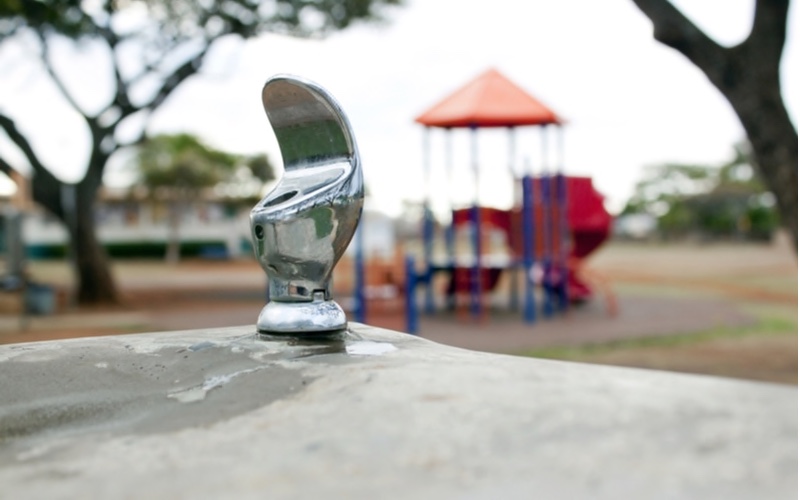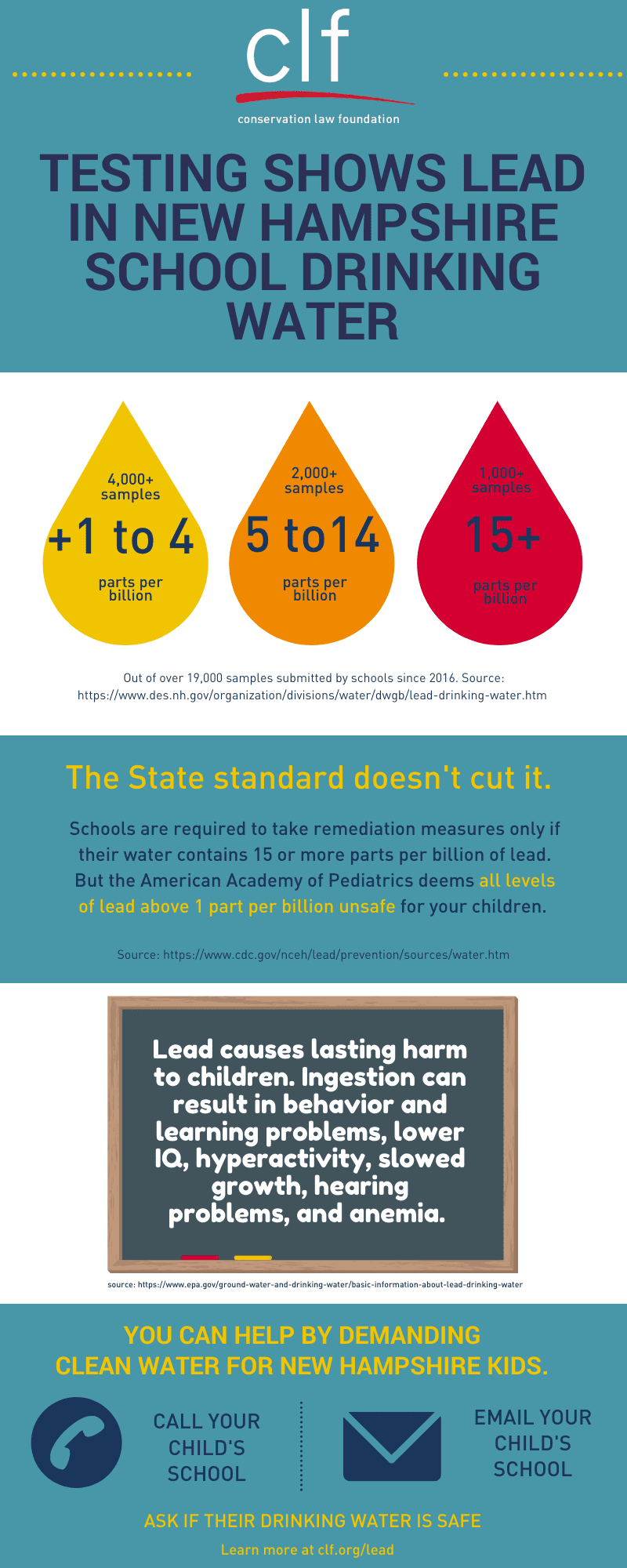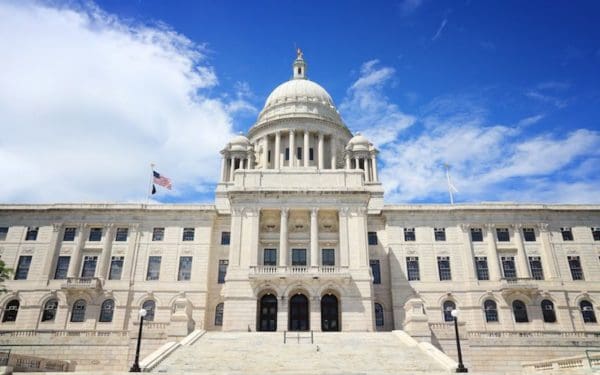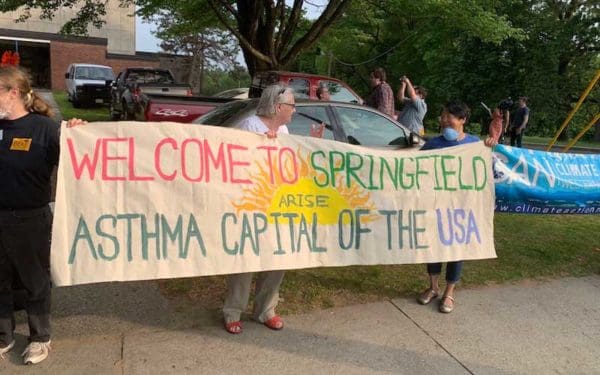
More than 30% of New Hampshire schools have lead in their drinking water, yet they are not required to make that water safe for our children. Photo: the808 via Shutterstock
At a time of great concern about the COVID-19 pandemic and the potential risks to students, teachers, and families, it’s important not to lose sight of a lingering, ongoing health problem. It’s one that can have lifelong consequences for our kids, but that is also easily preventable: lead-contaminated drinking water.
Over the past few years, more than half of all samples collected from faucets and water fountains in New Hampshire schools contained lead. Of those samples, over 5% met or exceeded 15 parts per billion, the level that triggers action. Current state law requires schools with samples this high to eliminate the contamination. But about 30% of the test samples showed lead levels that, while less than 15 parts per billion, remain unsafe for our kids.
According to the American Academy of Pediatrics, any contamination over 1 part per billion should be addressed immediately. Yet New Hampshire law does not require schools to do this. As a result, until we strengthen our laws, it falls on parents to demand that our schools provide lead-safe water.
No Amount of Lead in Drinking Water is Safe
Scientists agree that ingesting even low levels of lead can be harmful to children’s health. That’s why the EPA’s goal is to remove all lead from drinking water. But – incredibly – the federal agency has not yet translated this goal into a health-based standard under our nation’s Safe Drinking Water Act.
Instead, the EPA’s only federal lead standard is the Lead and Copper Rule. Under this rule, public water systems must take measures to fix pipes and other infrastructure if the water from too many faucets in their system contains 15 parts per billion or more of lead. So rather than a health-based standard to protect the people who consume water, the 15-parts-per-billion standard is an administrative tool to assess system-wide conditions. Yet it is currently used to determine whether school drinking water in New Hampshire is safe for our children.
We Want to Change the State Standard
During the recent legislative session, CLF took a leading role in advocating for a health-based standard – based on the American Academy of Pediatrics’ recommendation – of 1 part per billion. Although the legislation, SB 599, enjoyed strong support, unfortunately, the bill was never voted on due to the COVID-19 crisis. While we wait for our lawmakers to implement a health-based standard, it’s up to parents and school administrators to ensure safe, clean water for our kids.
The Testing Data is Public
Now, you may be wondering how you can find out if there is lead in your child’s school drinking water.
New Hampshire law – as a result of the passage of SB 247 in 2018 – requires all schools and daycare centers in the state to test for lead every few years. The data is public on the Department of Environmental Services (DES) website, so you can hold your child’s school accountable for keeping their water safe.
To find your school’s data, open this spreadsheet, then click on the magnifying glass icon in the upper right-hand corner. Type your school’s name into the search box. You can find lead levels in the column titled “Results,” where they are displayed in milligrams per liter. Values above .001 mg/L (1 part per billion) are considered unsafe by the American Academy of Pediatrics.
You Have the Power to Enact Change
What should you do if your child attends a school with unsafe lead levels?
First, do not stay silent. If your child’s school has lead levels above 1 part per billion, reach out to school administrators to demand that they address this contamination and prevent further health risks to your child.
Whether you call or write your school administrator, you can use these talking points to help guide you. Your child’s school may even be eligible for grant money to help them de-contaminate their water. If your school has a water fountain or faucet with a lead level of 15 parts per billion or higher, they should have already addressed it as required by law. However, it’s better to be safe than sorry with an issue as serious as lead poisoning.
What if there is no data listed for your child’s school on the spreadsheet?
About 10% of New Hampshire Schools and 40% of Daycares Still Have Not Tested for Lead
If your child’s school or daycare has not tested for lead, call or email its administrators to ask if they’ve conducted the sampling required by New Hampshire law. If they haven’t, demand that they test their water right away. You have the right to know what is in your child’s drinking water at school.
Lead Exposure is 100% Preventable
So, what’s the bottom line here?
It might be hard to believe that, in 2020, lead contamination remains such a prevalent issue in New Hampshire schools. But the good news is that we have the knowledge, expertise, and resources to change that. Now it’s up to parents to advocate for their children’s health, and school administrators to answer that call to action. The health of the next generation is in our hands.




